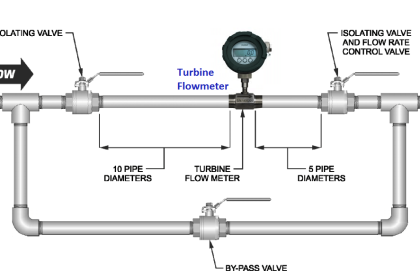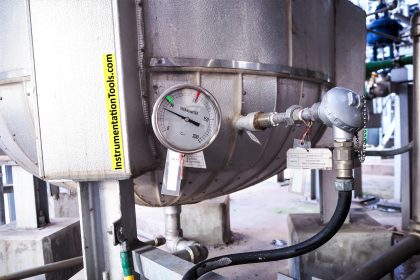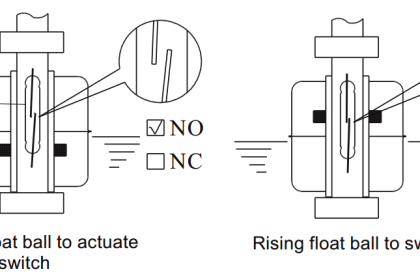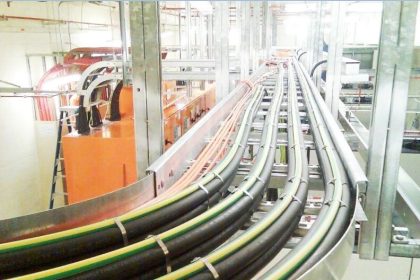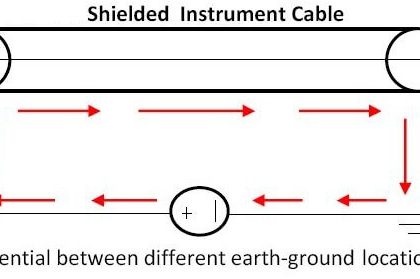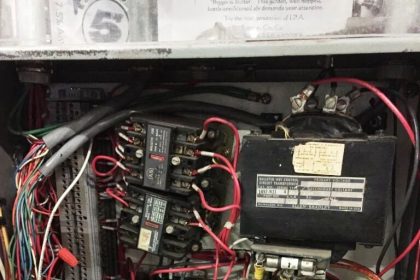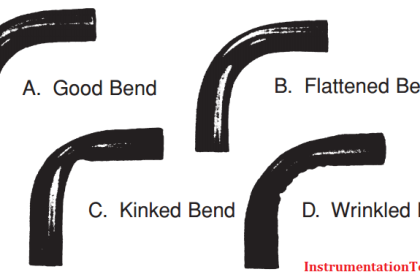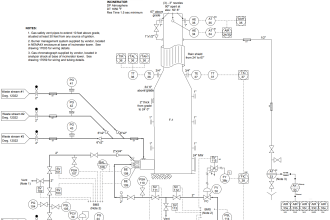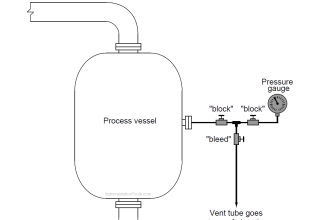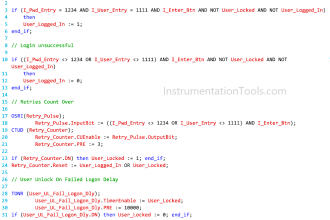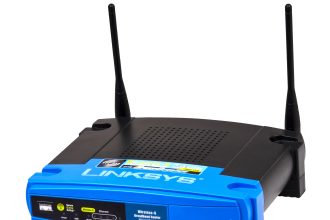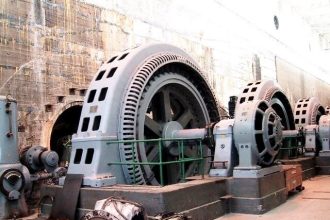What is Double Block and Bleed Valves ?
API 6D defines a double-block-and-bleed valve (DBB) as a “single valve with two seating surfaces that, in the closed position, provides a seal against pressure from both ends of the valve with a means of venting/bleeding the cavity between the seating surfaces.” The 2008 note points out that this valve does not provide positive double isolation when only one side is under pressure.
By contrast, API 6D defines a double-isolation-and-bleed valve (DIB) as a “single valve with two seating surfaces, each of which, in the closed position, provides a seal against pressure from a single source, with a means of venting/bleeding the cavity between the seating surfaces.” The note adds that this feature can be provided in one direction or in both directions.
Why use a Double Block and Bleed valve?
Double Block and Bleed valves have evolved to replace the process of bolting together individual valves to provide dual isolation.
This new assembly provides great savings in weight, space and installation times especially in instrument or instrument cage isolation. These savings can be as much as 60% in weight and studies have shown that a 70% installation time saving is also possible. However the greatest savings are to be seen in the reduction of leak paths to atmosphere, therefore reducing the risk of the potential hazards this entails.
Dual isolation is a necessary requirement when maintenance is taking place down stream of the first isolation valve. Cavity venting is provided by either a ball or globe vent valve so that trapped pressure between the two isolation valves is safely vented
These valves have also evolved to encompass the function of chemical injection (using a suitable quill) and sample points. In-built check valves are often integrated in these valves.
All DBB valves are manufactured to EEMUA 182 latest revision.
Block and bleed manifold
A Block and bleed manifold is a hydraulic manifold that combines one or more block/isolate valves, usually ball valves, and one or more bleed/vent valves, usually ball orneedle valves, into one component, for interface with other components (pressure measurement transmitters, gauges, switches, etc.) of a hydraulic (fluid) system. The purpose of the block and bleed manifold is to isolate or block the flow of fluid in the system, so the fluid from upstream of the manifold does not reach other components of the system that are downstream, then bleed off or vent the remaining fluid from the system on the downstream side of the manifold. For example, a block and bleed manifold would be used to stop the flow of fluids to some component, then vent the fluid from that component’s side of the manifold, in order to effect some kind of work (maintenance/repair/replacement) on that component.
Five Types of valves
1. Block and Bleed
A block and bleed manifold with one block valve and one bleed valve is also known as an isolation valve or block and bleed valve; a block and bleed manifold with multiple valves is also known as an isolation manifold.This valve is used in combustionable combustible gas trains in many industrial applications. Block and bleed needle valves are used in hydraulic and pneumatic systems because the needle valve allows for precise flow regulation when there is low flow in a non-hazardous environment.
2. Double Block and Bleed (DBB Valves)
These valves replace existing traditional techniques employed by pipeline engineers to generate a double block and bleed configuration in the pipeline. Two block valves and a bleed valve are as a unit, or manifold, to be installed for positive isolation. Used for critical process service, DBB valves are for high pressure systems or toxic/hazardous fluid processes. Applications that use DBB valves include instrument drain, chemical injection connection, chemical seal isolation, and gauge isolation.DBB valves do the work of three separate valves (2 isolations and 1 drain) and require less space and have less weight.
3. Cartridge Type Standard Length DBB
This type of Double Block and Bleed Valves have a patented design which incorporates two ball valves and a bleed valve into one compact cartridge type unit with ANSI B16.5 tapped flanged connections. The major benefit of this design configuration is that the valve has the same face-to-face dimension as a single block ball valve (as specified in API 6D and ANSI B16.10), which means the valve can easily be installed into an existing pipeline without the need for any pipeline re-working.
4. Three Piece Non Standard Length DBB
This type of Double Block and Bleed Valves (DBB Valves) feature the traditional style of flange-by-flange type valve and is available with ANSI B16.5 flanges, hub connections and welded ends to suit the pipeline system it is to be installed in. It features all the benefits of the single unit DBB valve, with the added benefit of a bespoke face-to-face dimension if required.
5. Single Unit DBB
This design also has operational advantages, there are significantly fewer potential leak paths within the double block and bleed section of the pipeline. Because the valves are full bore with an uninterrupted flow orifice they have got a negligible pressure drop across the unit. The pipelines where these valves are installed can also be pigged without any problems.
There are several advantages in using a Double Block and Bleed Valve. Significantly, because all the valve components are housed in a single unit, the space required for the installation is dramatically reduced thus freeing up room for other pieces of essential equipment.
Considering the operations and procedures executed before an operator can intervene, the Double Block and Bleed manifold offers further advantages over the traditional hook up. Due to the volume of the cavity between the two balls being so small, the operator is afforded the opportunity to evacuate this space efficiently thereby quickly establishing a safe working environment.
Double Block and Bleed valves
Manufactured in accordance with all recognised standards including EEMUA 182 latest revision, API6D, API607,BS6755PT2, API up to 10000 and 15000 PSI
Trunnion mounted, floating ball, and variants of gate, globe check and ball
Special designs including injection quills, sample probes, double block and single block, in-built check valves and seat wipers
Tested to TUV low emission standards, including cyclical testing at -46 deg C to +200 deg C
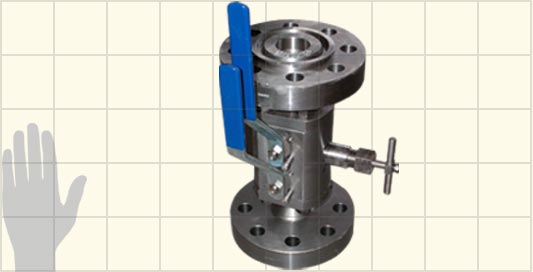
Ball needle ball double flanged with inside screw needle vent
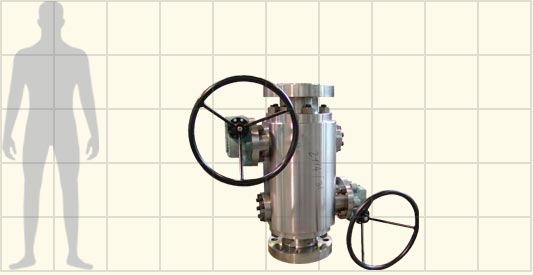
Class 900lb gear operated trunnion mounted ball DBB with bore, Inconel trim metal seated
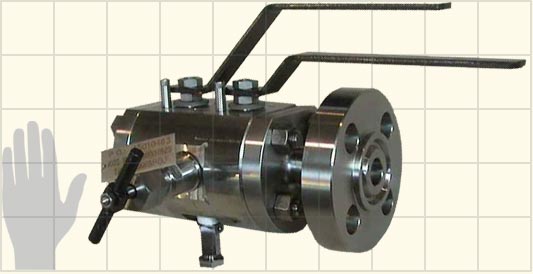
Flanged by screwed ball needle ball modular valve

Double ball isolation with ball valve vent, triple flanged
Summary:
Double Block and Bleed (DBB) is provided when there are two isolation methods with a vent valve between them.
“Positive Energy Isolation” is required for certain kinds of work such as hot work, confined space entry, or hot work in a confined space. Typical methods of providing positive energy isolation are blinds, disconnecting or misaligning piping, or DBB. There are specific categories of work where DBB is excluded from consideration as a viable method of positive energy isolation in certain jurisdictions, but most of the time it is acceptable.
Typically DBB is provided by shutting two block valves and opening a vent valve between them. The theory is that any leakage past the upstream valve will go up the vent instead of leaking through the downstream valve. Several companies sell DBB valves that have two valves in a single valve body which includes a void space that has a vent valve on it. These valves work well for many situations, but they can be expensive, often introduce a measurable pressure drop, and are generally not piggable.
